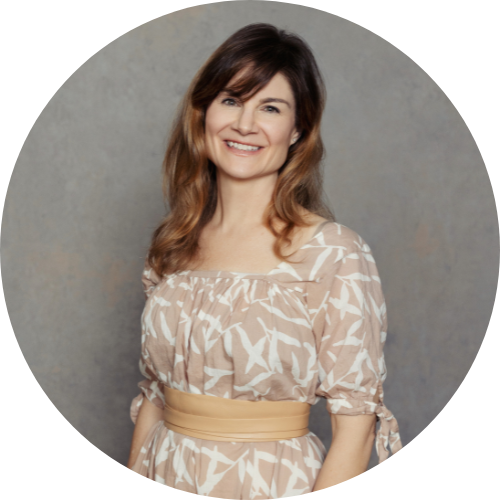In prior posts, I've argued that it can be helpful to think of backstory (past narrative summarized within present scene events) as interiority.
That’s because backstory, along with imagination and future anticipation, are all a part of a POV character’s thought process and rationale.
Thoughts alone don’t create interiority. Interiority is a process.
proc·ess
/ˈpräˌses/
noun
- a series of actions or steps taken in order to achieve a particular end.
The interiority process is an art, not a formula, but the concept is relatively straightforward:
Something happens in a scene (scene beat/exterior event) that causes an emotion for the character. That emotion causes thoughts (rationale). Those thoughts cause the POV character to act and/or speak. That prompts a reaction in another character/outside entity (something happens) and the process repeats.
Not every exterior detail, action, or bit of dialogue merits putting every single step of this process on the page, but every exterior event creates an opportunity to deepen this process.
Part of a character’s emotional makeup, their very characterization, is what they react to, how, and why. Exterior details and events that don’t provoke reactions from POV characters often don’t need to be on the page.
Let’s look at an example from The Strange Case of Jane O. by Karen Thompson Walker.

This is a wonderfully unique novel of psychological suspense. The scene below takes place early on (within the first 20 pages) from the first-person point of view of the psychiatrist, Dr. Byrd, who treats Jane.
Initially, Dr. Byrd is non-reactive and withholding in his psychiatric sessions. His thought process mirrors his approach, color-coded below with exterior (from Dr. Byrd’s POV), emotion, thoughts/reasoning/rationale, and action/speech.
Jane glanced at my left ring finger: no ring.“Do you do that?” She said. “Do you take your wedding ring off before you come to work?”I am not a fan of making these kinds of self-disclosures to patients. There’s a reason I keep my office empty of photographs, the walls blank of art. My office is designed to reveal nothing at all about myself. A therapist, Freud famously said, should function like a mirror: Show the patient only what the patient has revealed in that room and nothing more.“I don’t want to talk to someone who plays games like that,” said Jane. “Someone who pretends. I want to trust you.”My goal was to establish a rapport with her—not to debate the relative merits of various therapeutic approaches. I made a quick decision.“I’m not married, I said, which was true, if not quite complete. I have almost never revealed such a thing to a patient, and I can’t fully explain why I did in this case. I could feel a sudden heat in my face—if I had observed a flush like that in the cheeks of a patient, I would have noted it: discomfort with the subject material.But after that, as if I’d paid some modest but necessary price for her cooperation in this room, Jane began to talk.
The reader can almost feel the (annoyed) emotion behind the sentence: I am not a fan of making these kinds of self-disclosures to patients, but Dr. Byrd keeps it rational, except for a small emotional slip, in which he reacts to his own speech. He quickly turns the feeling outward, to resume his professional, rational bearing.
The process must make sense for the POV character. Why do they feel, think, act and speak the way they do in these unique story circumstances?
Pulitzer Prize-finalist author Rebecca Makkai has said that the first three to five drafts of her scenes look more like “blocking” in a play. Mostly bits of dialogue and external movement.
I can imagine that early drafts of the excerpt above might have read something like:
Jane glanced at my left ring finger.
“Do you take your wedding ring off before you come to work?” Jane asked. “I don’t want to talk to someone who plays games like that. I want to trust you.”
“I’m not married,” I said. I had never revealed such a thing to a patient.
But after that, Jane began to talk.
This is strong dialogue, and a good shift to move the story forward – it’s a solid foundation. But compared to the published version, there’s so much more here to mine.
Here’s your challenge, if you choose to accept :)
Mine an Exterior event for some Emotion (in POV character) that causes Rationale/Reasoning that leads to Action/Speech that in turn provokes a Reaction/Exterior Stimulus from another character or physical presence.
You don’t have to create a perfect cause & effect unfolding, but playing with these mini-chains can really help strengthen characters and scenes.




0 Comments